Concrete wall cracks vary in severity and cause, from aesthetic issues like hairline cracks to structural problems such as settlement or frost heave. Proper repair involves assessing crack types (diagonal, vertical, horizontal) and using suitable techniques and materials for long-term durability. Initial steps include visual inspection, measuring crack dimensions, and understanding crack patterns. DIY epoxy injection kits are suitable for small to medium cracks, while larger ones may require professional tools and expertise. Regular maintenance, including inspections and moisture control, prevents crack formation and extends concrete wall lifespan. Complex or severe cracks should be left to professionals for structural integrity.
“Concrete wall cracks can mar the aesthetics and structural integrity of your space. This comprehensive guide delves into the intricate world of crack repair, equipping you with the knowledge to address this common issue. We explore the underlying causes and types of concrete wall cracks, providing a detailed assessment framework to gauge damage severity. From choosing the right materials to a step-by-step repair process, we cover all essentials.
Additionally, we highlight potential mistakes to avoid and offer maintenance tips for preventing future crack formation. Know when professional intervention is required for complex cases. Master the art of crack repair with this definitive resource.”
Understanding Concrete Wall Cracks: Causes and Types
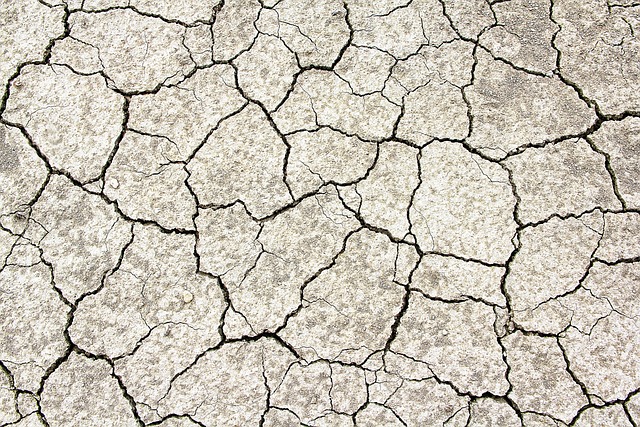
Concrete wall cracks can range from minor aesthetic issues to significant structural problems. Understanding the causes and types of these cracks is crucial for effective crack repair. Common causes include settlement, frost heave, concrete shrinkage, and environmental factors like extreme temperatures or chemical reactions. Settlement cracks often occur due to improper compaction during construction or changes in soil conditions beneath the wall. Frost heave happens when water freezes and expands, pushing against the concrete, leading to vertical cracks. Concrete shrinkage, a result of drying and hardening, causes cracks as the material shrinks over time.
There are several types of concrete wall cracks: hairline cracks, which are narrow and shallow; diagonal cracks, often appearing in a stair-step pattern; vertical cracks, typically caused by settlement or frost heave; and horizontal cracks, usually an indication of severe shrinkage or structural issues. Identifying the type of crack is essential as it determines the appropriate crack repair method. Different techniques and materials are used to fix each type, ensuring the longevity and integrity of the concrete wall.
Assessing the Damage: Identifying Crack Severity
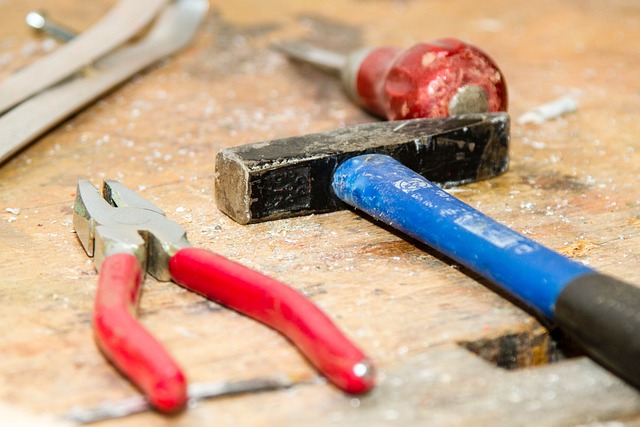
When assessing concrete wall damage, determining crack severity is a crucial first step in the repair process. Visual inspection is often enough to identify minor cracks that may only require surface patching. However, for deeper cracks, further evaluation is needed. Measuring the width and length of the crack can give an indication of its severity; wider or longer cracks typically indicate more significant structural damage and may necessitate professional intervention.
In some cases, additional factors like crack pattern and location should also be considered. Diagonal cracks, for instance, could suggest underlying issues with soil settlement or foundation movement, while vertical cracks might point to problems with the concrete mix or formwork during construction. Identifying these nuances is key in deciding whether to attempt crack repair yourself or consult a specialist for more complex crack repair solutions.
Materials and Tools for Effective Crack Repair
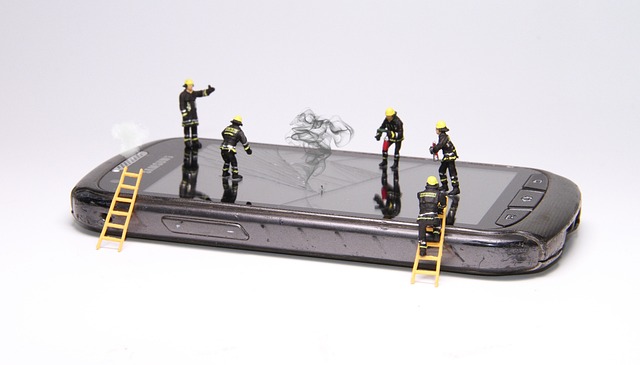
When it comes to repairing concrete walls, the right materials and tools are essential for effective crack repair. Concrete is a durable material, but cracks can form due to various factors like settlement, temperature changes, or structural issues. For small to medium-sized cracks, you’ll typically need a good quality epoxy injection kit, which includes a two-part epoxy resin and hardener along with a mixing paddle and syringes for injection. These kits are designed specifically for concrete repair and offer a strong, long-lasting bond.
For larger or more extensive cracks, additional tools such as chisels, hammer, and saws might be required to clean and prepare the crack before filling it. Concrete sealer is another crucial component, applied after the crack has been repaired to prevent future water penetration and further damage. Always ensure you follow the manufacturer’s instructions for proper mixing and application of these materials to achieve optimal results in your crack repair project.
Step-by-Step Guide to Concrete Wall Crack Repair

Concrete walls, over time, can develop cracks due to various factors like settling, frost heaving, or structural shifts. Prompt repair is essential for both aesthetic purposes and to prevent further damage. Here’s a step-by-step guide on how to fix concrete wall cracks effectively.
First, assess the crack’s severity. For wider cracks (more than 1/4 inch), you’ll need professional intervention. If the crack is narrow, clean it thoroughly with a wire brush to remove any loose debris or mortar. Mix a solution of epoxy or polyurethan-based crack filler according to the manufacturer’s instructions. Inject this mixture into the crack using a caulk gun, ensuring complete fill. Once filled, lightly trowel the surface for a smooth finish. Allow it to cure completely before applying a protective sealer to safeguard against future damage.
Common Mistakes to Avoid During the Repair Process

When repairing a concrete wall, several common mistakes can be avoided with careful planning and attention to detail. One of the most frequent errors is failing to address the root cause of cracks. It’s crucial to understand that cracks in concrete walls are often indicative of underlying issues such as poor initial construction, settlement, or structural problems. Simply patching over cracks without identifying and rectifying these causes can lead to repeated repairs and further damage.
Another mistake to steer clear of is using the wrong repair method for the specific type of crack. Different concrete wall cracks require distinct approaches. For instance, a hairline crack may be repaired effectively with an epoxy injection, while larger, structural cracks might necessitate more extensive methods like replacing damaged sections or employing specialized concrete repair mixes. Using an inappropriate technique can result in weak repairs that are susceptible to failure, exacerbating the problem and causing further structural compromise.
Maintenance and Prevention Strategies for Future Crack Repair
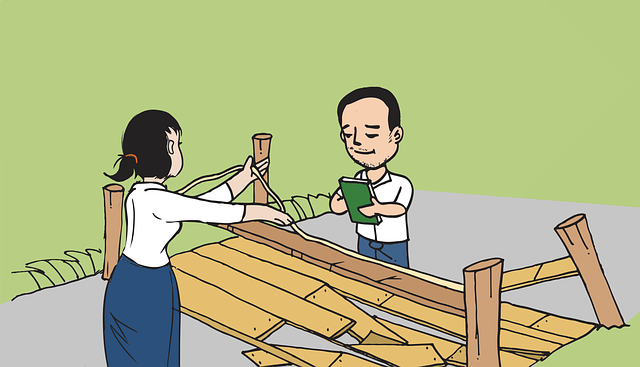
Regular maintenance is key to preventing concrete wall cracks from reappearing. This includes inspecting the walls periodically for any signs of damage or stress, especially in areas prone to movement like near foundations or joints. Addressing small cracks early with appropriate sealers or fillers can prevent them from expanding and causing more significant issues.
Additionally, proper drainage and moisture control are essential. Ensure downspouts direct water away from the walls, and consider applying a waterproof membrane to protect against moisture intrusion. Strengthening the wall’s foundation by reinforcing with steel bars or mesh before sealing can also significantly reduce crack formation. These preventative measures will not only save on future crack repair costs but also prolong the life of your concrete walls.
When to Call in a Professional for Complex Crack Issues
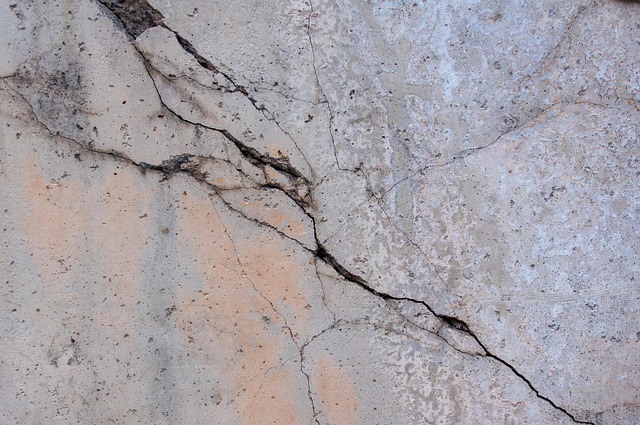
If you’re noticing complex crack issues in your concrete walls, it may be time to call in a professional. While minor cracks can often be addressed with DIY methods like hydrodemolition or epoxy injections, severe cracks pose structural risks and may indicate deeper problems within the wall’s foundation. Professionals equipped with advanced tools and expertise can assess the extent of damage, identifying causes such as settlement, shifting soil, or poor original construction.
For cracks that extend vertically or horizontally for more than a few inches, or those that appear to be widening over time, professional crack repair is recommended. They have the ability to perform thorough inspections, implement effective solutions tailored to the specific crack type and severity, and ensure long-lasting repairs that preserve the structural integrity of your concrete walls.
